HARLEY-DAVIDSON
FIELD GUIDE
Doug Mitchel
ALL-AMERICAN BIKES 1903-2004
2005 by KP Books
Published by

700 East State Street Iola, WI 54990-0001
715-445-2214 888-457-2873
Our toll-free number to place an order or obtain a free catalog is (800) 258-0929.
All rights reserved. No portion of this publication may be reproduced or transmitted in any form or by any means, electronic or mechanical, including photocopy, recording, or any information storage and retrieval system, without permission in writing from the publisher, except by a reviewer who may quote brief passages in a critical article or review to be printed in a magazine or newspaper, or electronically transmitted on radio, television, or the Internet.
Library of Congress Catalog Number: 2004114242
ISBN: 0-87349-338-9
eISBN: 978-1-44022-547-5
Designed by Kay Sanders
Edited by Brian Earnest
Printed in the United States of America
To my friend Jennifer
CONTENTS
ACKNOWLEDGMENTS
The production of this title was only possible with the assistance and patience of many fine people that I am lucky enough to call my friends.
Tom Bolfert, Mike Millay and the patient archivists and restoration experts at Harley-Davidsons history department.
Ed Rich and his famous collection at the American Classic Motorcycle Co., Asheboro, North Carolina.
John Archaki and his private menagerie of perfect machines.
Lee Mattes, Dave Reuland, Terry Grimes, Ken Weinstein and the entire staff at Heritage Harley-Davidson, Lisle, Illinois.
Dave Kiesow, Bob Maxant and the energetic gang at Illinois Harley-Davidson, Berwyn, Illinois.
Jim Kersting, his family and the talented team at Kerstings Harley-Davidson & Cycle Center, North Judson, Indiana.
John Parham, Jeff Carstensen and the tireless crew at the National Motorcycle Museum, Anamosa, Iowa.
Joyce Harlan at Walters Brothers Harley-Davidson, Peoria, Illinois.
Dale Walksler, and his world-class Wheels Through Time Museum, Maggie Valley, North Carolina.
INTRODUCTION
With little more than a dream and some wide-eyed enthusiasm, two young men in Milwaukee designed and built a simple motorcycle in 1903. Using other machines of the period for guidance, they crafted their own motor and frame. The resulting machine was fairly simple, but in line with other cycles being built at the time. Most of the other builders would disappear as quickly as they began, but the Harley-Davidson brand endured.
More than a century later, Harley-Davidson remains Americas motorcycle brand. Assembled at several facilities in the U.S., the company stands for American pride and ingenuity. Sales and popularity have extended world wide, and the Harley-Davidson name is recognized at every corner of the known universe.
The models have changed with the times, but their true nature remains unaltered.
1903 (SERIAL #1)
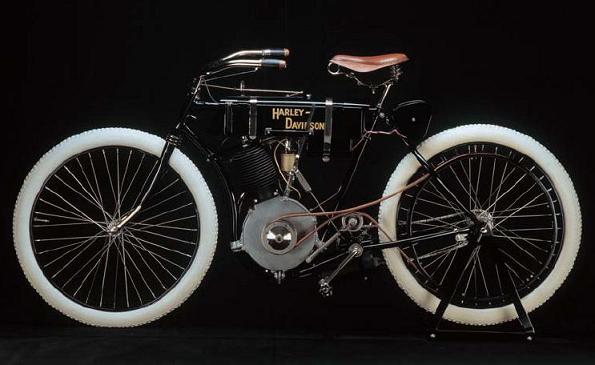
Built in a small wooden shed, serial number 1 was the machine that started it all. The simple motorcycle was the combination of existing hardware, fresh designs and the energetic dream of two men. Little did they know that more than 100 years later, machines bearing their names would still be in production, and adored by people all around the globe.
 The single cylinder motor displaced 24.74 inchesand produced roughly 3 horsepower.
The single cylinder motor displaced 24.74 inchesand produced roughly 3 horsepower.
 A frame built by Merkel was used as a guideline forthe chassis.
A frame built by Merkel was used as a guideline forthe chassis.
 Harley and Davidson initially planned on using aliquid-cooled motor, but the weight and complexity ofsuch a design led them to the air-cooled motor instead.
Harley and Davidson initially planned on using aliquid-cooled motor, but the weight and complexity ofsuch a design led them to the air-cooled motor instead.
1905 MODEL 1
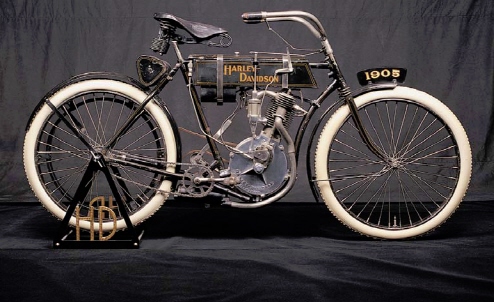
Production of the 1905 Model 1 is rumored to have reached a total of 5 units, but record keeping was lax in the early days as the company focused on building machines, not keeping track of its efforts. Very few alterations were made in the first years of assembly.
 The Model 1 remained the only version sold for1905.
The Model 1 remained the only version sold for1905.
 A three-coil pillion helped to absorb the bumpsbefore they reached the rider.
A three-coil pillion helped to absorb the bumpsbefore they reached the rider.
 A 1905 model was ridden to a new speed record at alocal event by Perry E. Mack.
A 1905 model was ridden to a new speed record at alocal event by Perry E. Mack.
Owner: Harley-Davidson Motor Company
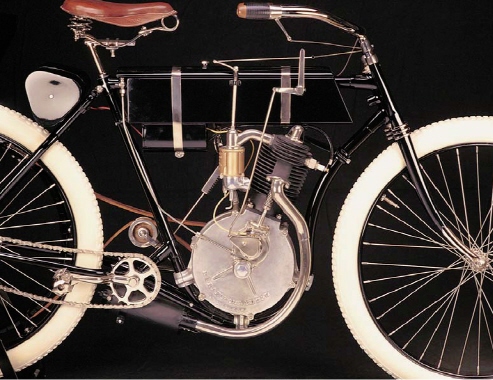
The F-head motor was revised both inside and out for 1905. A 1/8-inch-larger bore bumped horsepower to a total of 3 1/4, and the displacement to 26.84 cubic inches. At the time, motorcycles were gaining in popularity with every passing day, helping the newfound Harley-Davidson company to flourish.
1907 MODEL 3

The 1907 Model 3s were not much different than the 1906 Model 2s they replaced, but sales remained brisk. The single-cylinder motor had revised mounting hardware, and the large cylindrical engine case was now assembled with eight bolts.
 Production of the 1907 Model 3s reached 150 units.
Production of the 1907 Model 3s reached 150 units.
 It cost the buyer $210 for every Model 3 theybought, but many were happy to pay the price.
It cost the buyer $210 for every Model 3 theybought, but many were happy to pay the price.
 A twin-cylinder motor was attempted by Harley-Davidson, but results proved dismal.
A twin-cylinder motor was attempted by Harley-Davidson, but results proved dismal.
Owner: National Motorcycle Museum
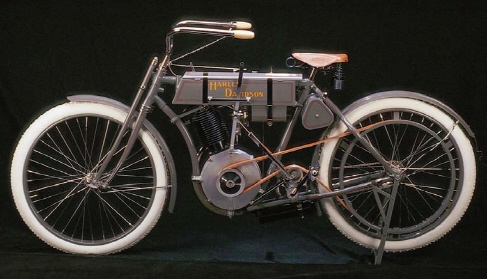
The left side of the Model 3 shows the belt drive and tension adjuster. The leather belt drive system would remain on Harley-Davidsons until the first chain appeared in 1913. The first twin-cylinder model would not be seen until 1911.

The standard method for mounting the flat-sided fuel tank to the frame was the pair of steel straps. This system begat the strap tank nickname to the early Harley models.
1909 MODEL 5D

Next page
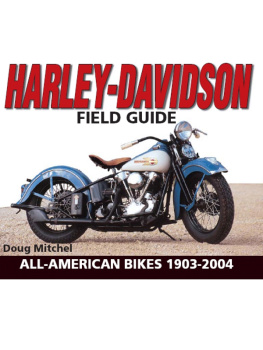

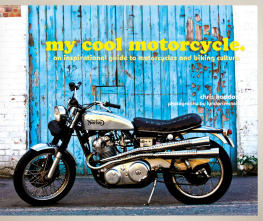
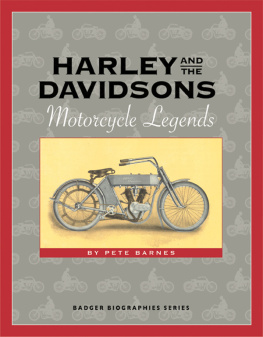


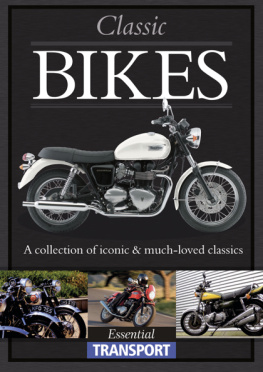

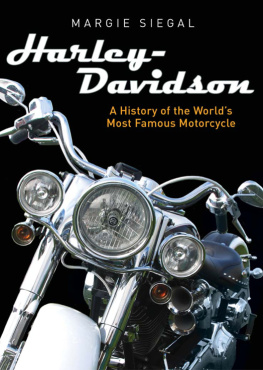


 The single cylinder motor displaced 24.74 inchesand produced roughly 3 horsepower.
The single cylinder motor displaced 24.74 inchesand produced roughly 3 horsepower.




